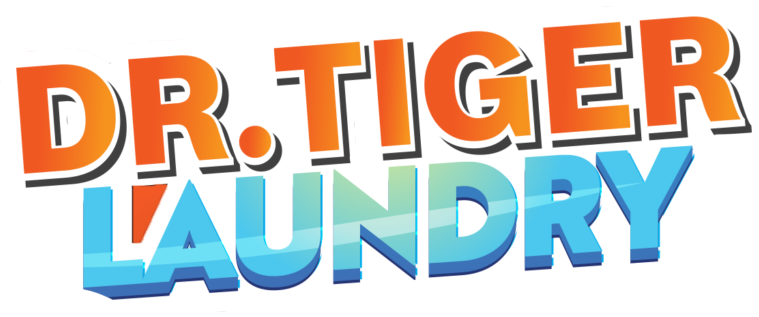Animal agility is an exciting sport that challenges animals and their owners to navigate obstacle courses with speed, accuracy, and style. However, not all animal species are created equal when it comes to agility training, and some may require more adaptations than others. In this article, we’ll delve into the world of animal agility and explore https://fufroggame.com/ how to adapt your strategy for different breeds and variants.
สารบัญ
ToggleUnderstanding Animal Agility
Animal agility is a physically demanding sport that requires strength, endurance, and coordination from both the animal and its owner. The objective is to complete an obstacle course with speed and accuracy while maintaining control over the animal. Obstacle courses can vary in complexity and design, but they typically include tunnels, jumps, weave poles, contact equipment (such as A-frames and dog walks), and other challenges that test agility, balance, and trust.
Animal agility has become increasingly popular among pet owners and animal trainers worldwide. Not only does it provide a fun and engaging activity for both humans and animals, but it also offers numerous physical and mental benefits, including improved cardiovascular health, increased strength and flexibility, and enhanced problem-solving skills.
Adapting Your Strategy for Different Breeds
While some breeds are naturally more agile than others, every animal can benefit from training in agility. However, certain breeds may require more adaptation and creativity when it comes to obstacle design and difficulty level. Here are a few examples of popular breeds that present unique challenges and opportunities in agility training:
Small Breeds
Small breeds like the Chihuahua, Pomeranian, or Affenpinscher can be just as agile as their larger counterparts but require more careful consideration when designing obstacle courses. Their small size means they need to navigate obstacles at a lower height and with less distance between jumps, which requires precision and control from both the animal and its owner.
Large Breeds
Conversely, large breeds like the Great Dane, Rottweiler, or Labrador Retriever require more space and higher-jumping obstacles to accommodate their size and strength. Their larger size also means they may be able to complete courses faster but can put a greater strain on joints and muscles if not properly trained.
Breed-Specific Challenges
Certain breeds come with unique physical characteristics that present specific challenges in agility training. For example:
- Bulldogs and pugs have breathing difficulties, which require slower-paced courses and more frequent breaks.
- Sight hounds like Greyhounds and Whippets are bred for speed and can be easily over-excited by obstacle courses, requiring careful handling to prevent burnout.
- Hounds with strong prey drive, such as Beagles or Coonhounds, may struggle with contact equipment due to their natural instinct to avoid obstacles.



